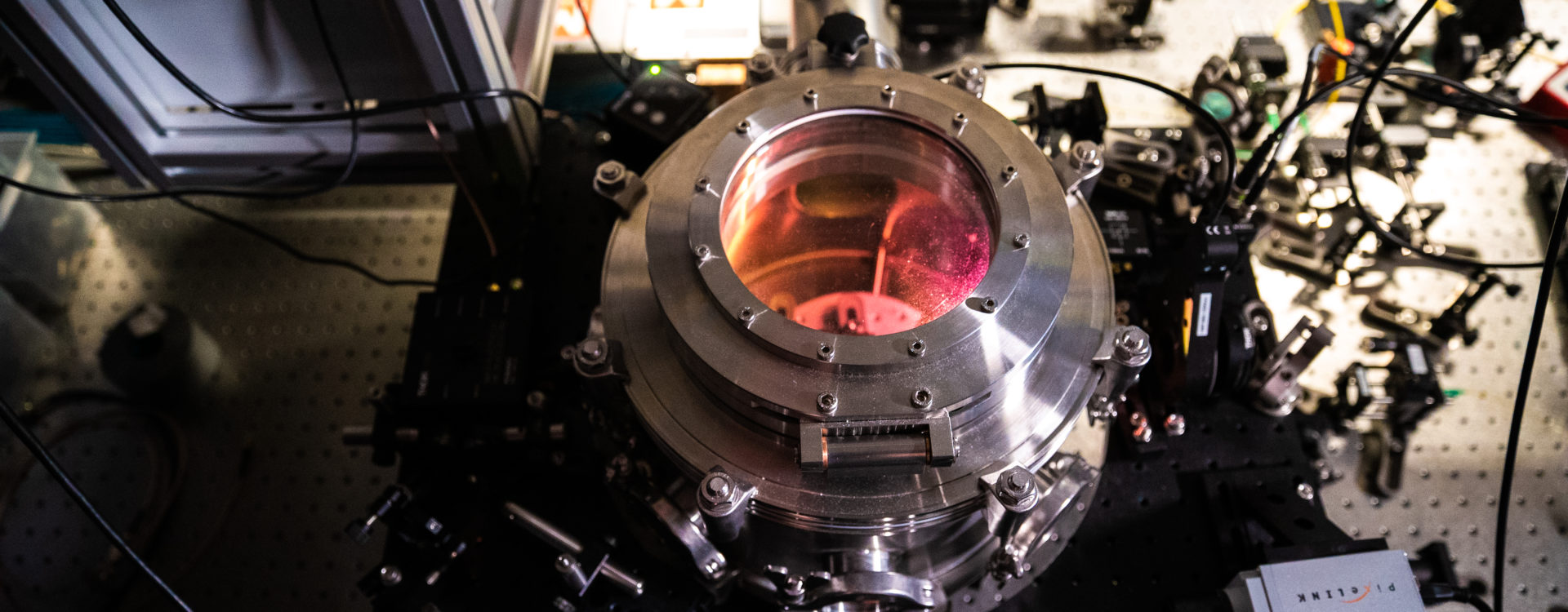The Sydney quantum community are after bright minds to work on the next breakthroughs in quantum science and technology.
Research projects on offer
Our Sydney network of quantum experts are seeking PhD, Honours and Master students to work on a variety of quantum science and technology research projects. Projects suit both experimentalists or theorists, and driven individuals with backgrounds across a range of disciplines such as physics, computer science, engineering, chemistry or mathematics.
Here are a few of the research opportunities on offer in Sydney. You can also browse the list of experts from our partner universities to identify potential supervisors to contact direct.
General search and filters
AI-assisted digital laser frequency stabilization for atomic spectroscopy
Dr Eric Howard, Dr Cyril Laplane
This project would suit: This Master's project is suited to graduates with a strong background in electronics or optoelectronics and an interest in embedded systems and quantum/atomic physics.
Advanced digitisation techniques and threshold effects in experimental quantum simulators
A/Prof Nathan Langford, Dr JP Dehollain, A/Prof Daniel Burgarth, A/Prof Dominic Berry
This project would suit: We encourage high performing students to apply who are undertaking an Honours or Master's degree in an appropriate subject area, such as physics or engineering, and strong results in undergraduate courses in quantum physics and other relevant subject areas. The funding for this project is eligible for Australian domestic students only.
Advancing quantum computing with Diraq (Next Generation Quantum Graduates Program)
Dr Andre Saraiva, Industry Placement with Diraq
This project would suit: An exceptional student holding an Honours or Masters qualification in electrical engineering, physics, or a relevant field, possessing strong knowledge of semiconductor or quantum physics.
Analog trapped-ion quantum simulators for chemical dynamics
A/Prof Ivan Kassal, Dr Ting Rei Tan, Prof Michael Biercuk
This project would suit: Students with background in either chemistry or physics
Atomically thin van-der Waals materials
Prof Alex Hamilton, Dr Feixiang Xiang
This project would suit: An experimentally focussed materials scientist, chemist or physicist



